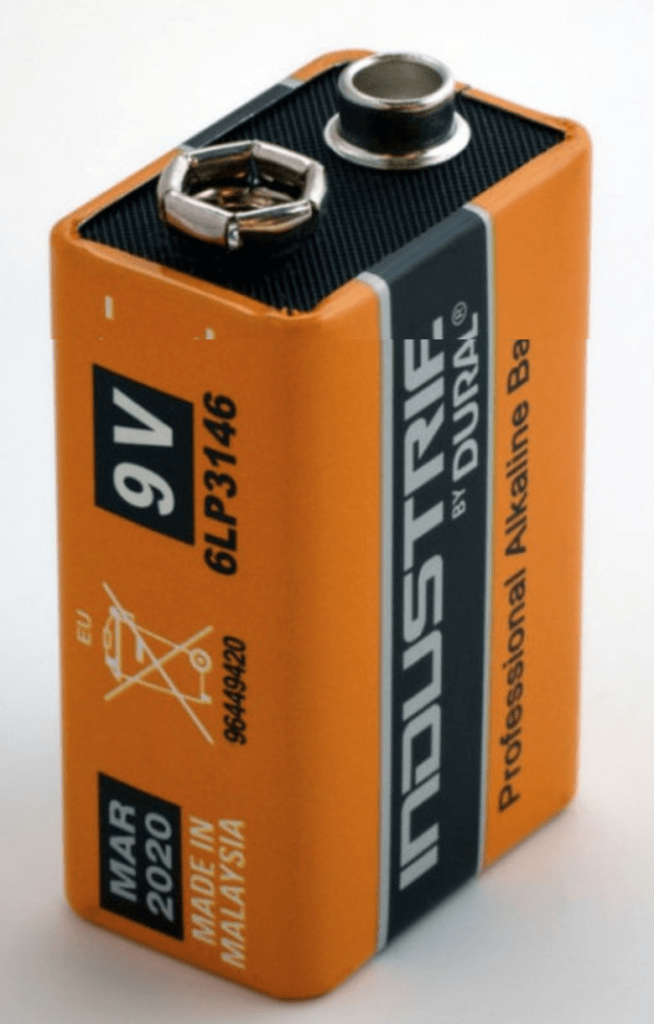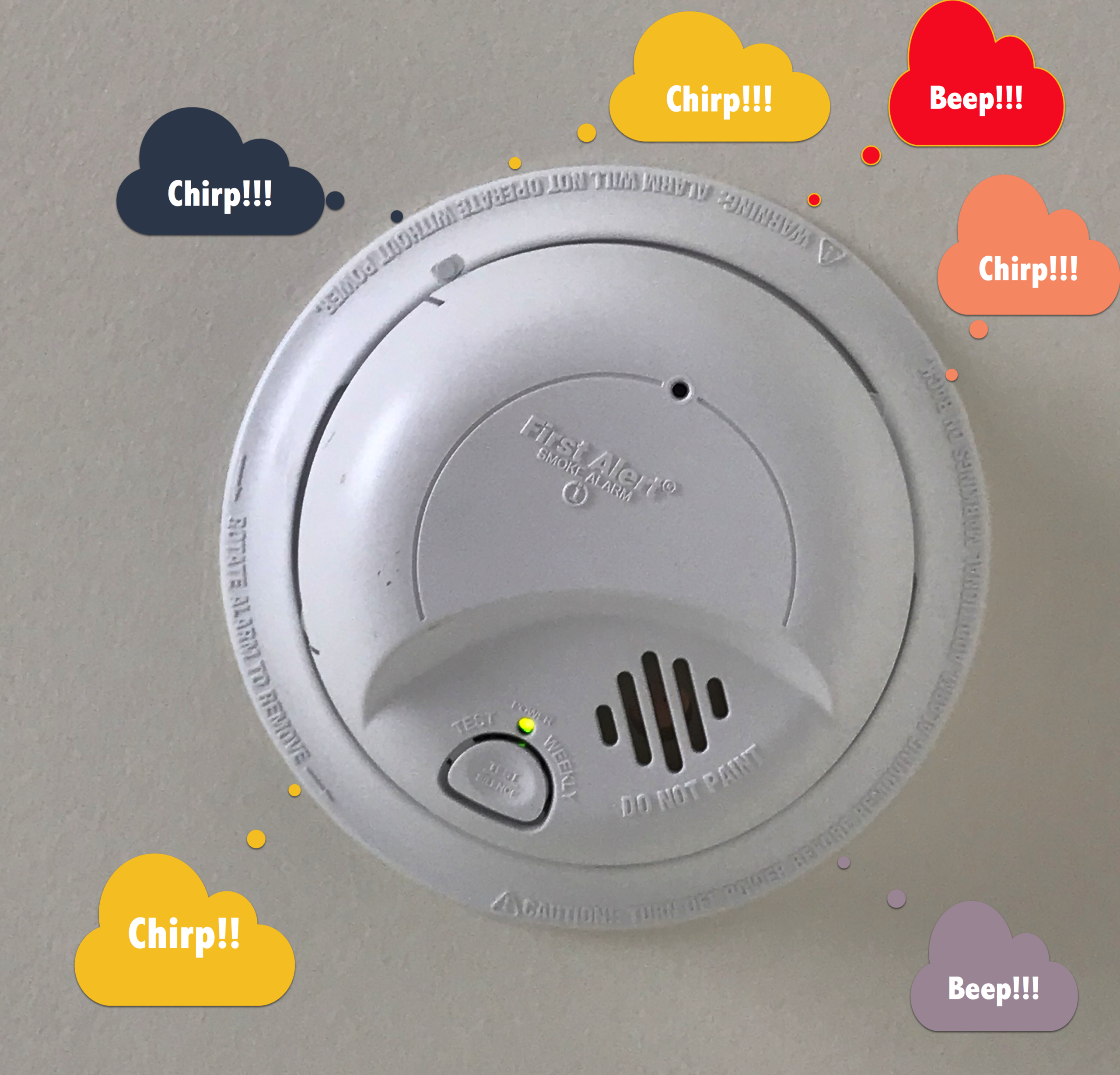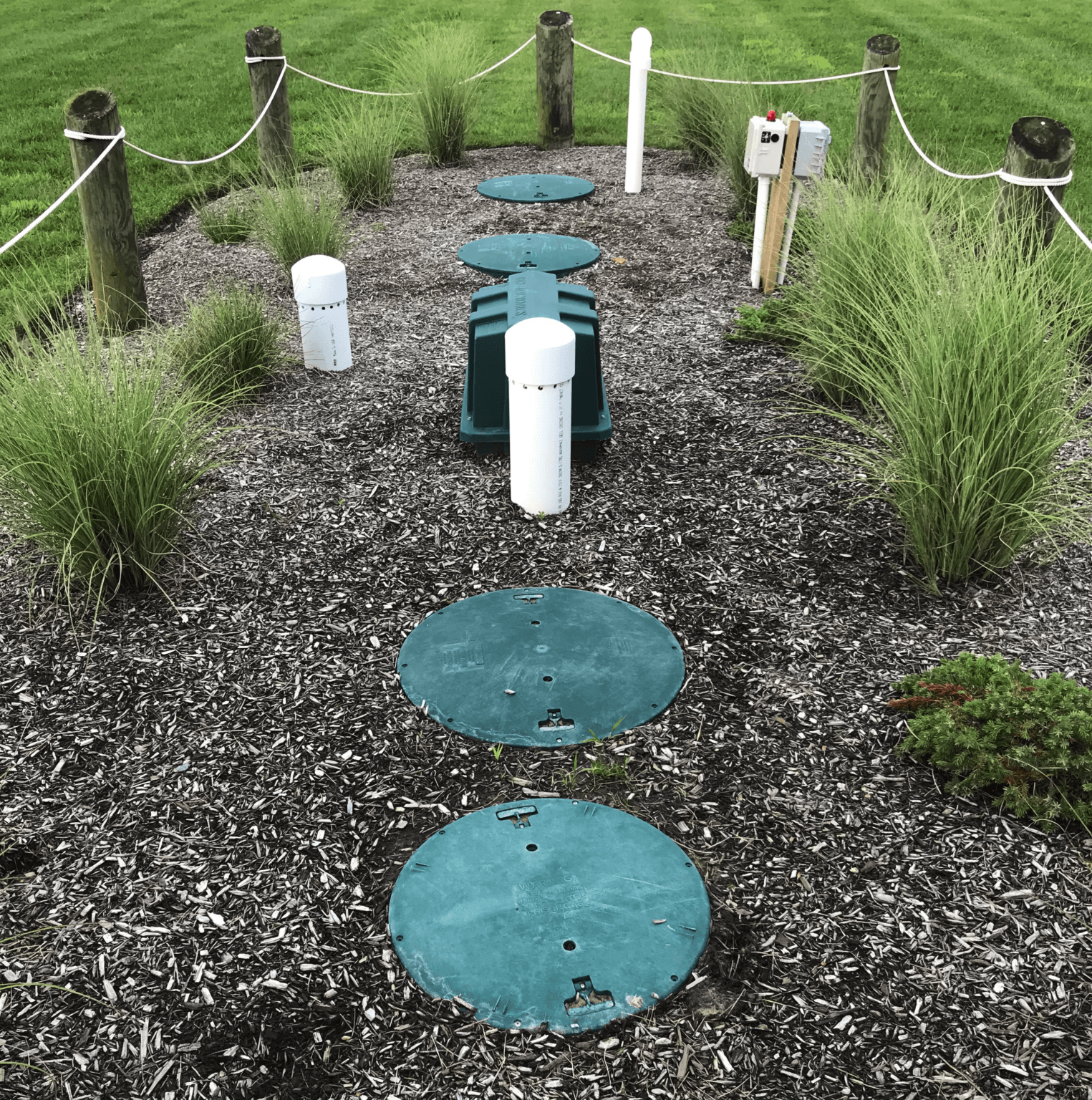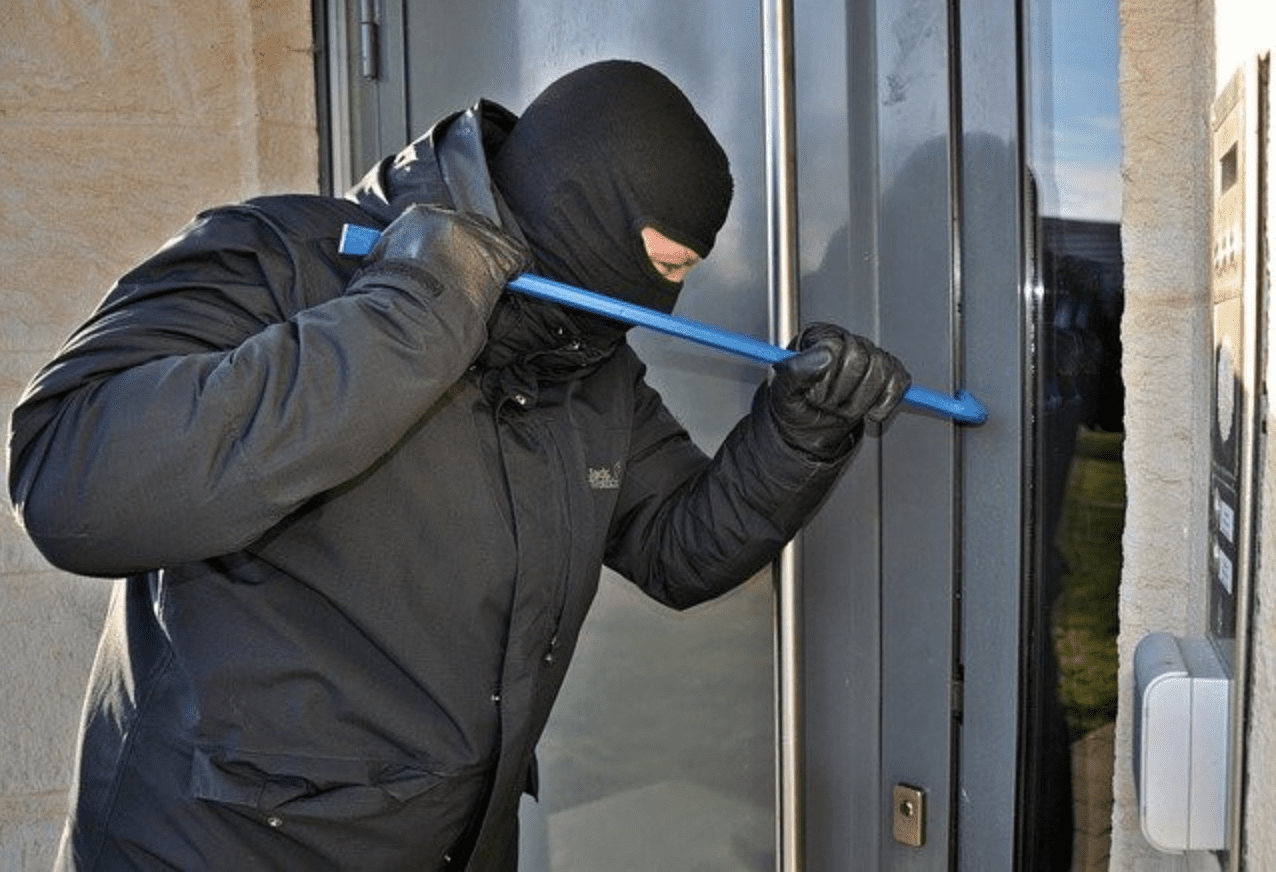Smoke alarms are priceless when it comes to our home safety. Unfortunately, sometimes they beep or chirp for no apparent reason. Being able to recognize those sounds and resolve the problem is extremely important.
Beeping and chirping can be caused by an improper battery or power installation, dust in the sensing chamber, or a malfunctioning alarm. Certain environmental issues like humidity or steam can be the reason for these sounds too. Frequently the chirping sound indicates that the battery needs replacement.
To fix a problem, you have to identify the cause. I will list the most common reasons for alarm beeping or chirping and potential solutions to these problems.
Common Reasons and Solutions for Smoke Alarm Beeping or Chirping
I have lived in the USA for 30 years now, and I can’t tell you how often I have been frustrated because of a smoke alarm beeping or chirping. You probably share my feelings. We know they are critical, but why do they have to be so annoying often in the middle of the night.
Let’s understand this topic better to lessen our frustration. We may not be able to prevent these devices from waking us up at 3 AM, but we can learn how to quickly fix the most common reasons for smoke alarms annoying noises.
Smoke alarms are extremely sensitive devices. Chirping or beeping without regular pattern may be caused by various problems. Most of them can be resolved easily.
Battery Related Issues and Solutions
Problems caused by improper battery installation are the most common ones. If your alarm is chirping, check the following:

- Battery pull tab – the pull tab may be still in the smoke detector. It has to be removed. If it’s left in place, the smoke detector “thinks” the battery is dead.
- Battery drawer – it has to be in a closed position for the battery to be operational. Devices with front load battery are sensitive to battery compartment doors opening. Close them and make sure the battery has contact with the terminal.
- Battery placement – Make sure you install the new battery facing in the right direction. The negative and positive sides need to match the smoke detector’s tags.
- Type of battery – Make sure that the battery used is the right kind of battery for the device.
- Use-by date of the battery – If the battery has expired you need to replace it.
Note that if a battery is causing the problem, only the device having a problem will chirp. The rest should be silent.
Obstructions in the Chamber Related Issues and Solutions
- Pollen may be the cause when your smoke alarm is located near frequently opened windows. If you clean it regularly, but it still goes on and off during certain times of the year, try to protect it by closing the nearby door/window.
- Dust and dirt are attracted by static electricity, and it is a common cause of chirping.
- Dead insects may be obstructing the device even if you recently cleaned your smoke alarm.
For these issues, cleaning the chamber could solve the problem. Start by removing the device from brackets. Use a vacuum cleaner or compressed air to remove the dust and any residue from the chamber, and the device itself, including the mounting brackets and the surrounding area. Install the battery and check the indicator lights. If applicable, press the test button to verify that your device is working correctly.
⚠️VERY IMPORTANT – Ensure you switch off the main circuit breaker to cut-off the power if applicable and follow the manufacturer’s instructions.
Environmental Factors Related Issues and Solutions
- Humidity or steam – this problem frequently occurs in certain rooms like kitchens or bathrooms. To solve this issue, you may have to position the device in a different place. We used to have this problem constantly in our house in Pasadena, CA. When someone took a really hot shower, the steam would set the alarm off every time.
- Unusual air flow – it may be caused by fans or aircon. Fans and air conditioning units should be directed in the opposite way not to affect the smoke alarm.
- High temperature – this is the most common in kitchens. Once the temperature rises above a certain level, the heat detector may trigger an alarm. A possible solution for this is to use a smoke alarm with a silencer feature. Most modern devices have a convenient silencer button to override the alarm temporarily (a few minutes). This is ideal for areas with cooking heat and smoke and fireplaces.
Other Possible Issues and Solutions
- Other electronic devices – this may happen if your smoke alarm is wireless. Wi-fi and similar may affect it. If your smoke alarm is affected by wireless devices, position them so that there are at least three feet of distance between them.
- Fluctuations in electric voltage – this problem often occurs during the night. The reason is the reduced demand for electricity during the night in most areas. At that time, higher voltage can occur and cause your smoke alarm to make noises. If voltage fluctuations are a problem, there is a solution, although it is not cheap or guaranteed to work. Install a surge protector to the main electrical box. It will detect and control voltage problems.
- End of life – most of the smoke alarms last between eight and ten years. Chirping may be a sign that you need to replace the device. After a specific time, usually stated by the manufacturer, you need to replace your smoke alarm.
A common question is why the alarm is making a chirping noise when it is connected to power. The answer is that the smoke alarm needs to alert you because the battery is the backup system. If the power goes out and you have no battery or the battery is dead, the alarm will not warn you of the potential danger.
Resetting the Smoke Alarm
After battery changes or cleaning process, you should reset your alarm. To reset a smoke alarm with a battery backup, do the following:

- ⚠️VERY IMPORTANT – Switch off the main circuit breaker to cut-off the power.
- Remove it from the mount and unplug it.
- Remove the battery and press the test button.
- Reinstall it, and it should chirp and stop if everything is ok.
If you wish to reset the smoke alarm that is battery powered, follow the next steps:
- Remove the battery from the device.
- Press the test button and hold it. It should beep and stop.
- Release it after 15 seconds.
- Reinstall it, and it should chirp to indicate that everything works.
Understanding Beeping and Chirping Sounds
Some distinctive sounds or chirp patterns typically indicate specific problems. Recognizing those sounds will save you a lot of time and headaches.
Refer to the chart below for the most likely cause of the sound or chirp pattern you are hearing.
| Number of chirps | Time interval | Possible causes |
| 1 | Approximately every minute | -Low battery needs to be replaced -Battery drawer is not properly closed -Battery pull tab is still inside the device -Batteries is inserted incorrectly |
| 1 | Approximately every 5 seconds | -The interconnect wire is probably grounded and you should call an electrician |
| 3 | Approximately every minute | -The device is probably malfunctioning and should be replaced |
| 5 | Approximately every minute | -Your smoke alarm is at the end of its life. You should replace it |
I have created a quick summary video for this section. If you like this video, consider subscribing to the House Notebook Youtube Channel.
How to Replace a Smoke Detector’s Battery
Watch this video to learn how to replace a battery of a typical smoke detector, which may also be a carbon monoxide detector. The video is presented by Gabriel Williams, a firefighter in the State of Illinois.
Final Thoughts
Proper maintenance of smoke alarms is easy and it will ensure the safety of your home. Ignoring those beeps and chirps may have serious consequences. If you are unable to resolve a particular issue you may have, contact a professional.
Related Posts:



